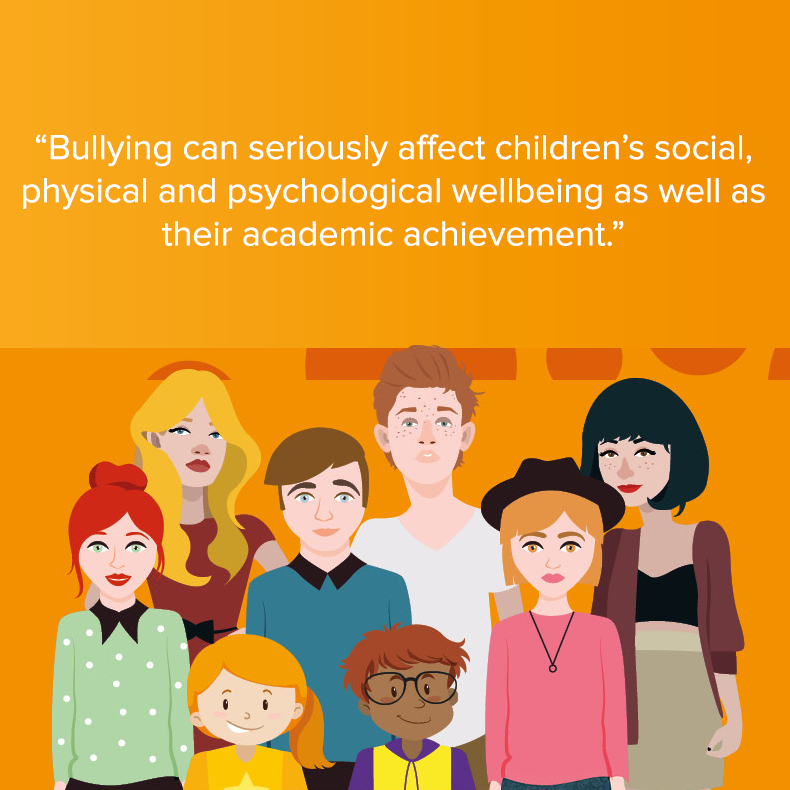Search
Research
Cyberbullying and the role of the law in Australian schools: Views of senior officialsOpinions of employees from the education and legal systems, regarding their perceptions of the role of the law and cyberbullying in Australian schools
Research
Moral Disengagement of Pure Bullies and Bully/Victims: Shared and Distinct MechanismsThis study advances bullying research by extending the role of moral disengagement in bullying episodes beyond pure bullies to victims, both pure victims and bully/victims
Research
Borderline Personality Disorder and Peers: A Scoping Review of Friendship, Victimization and Aggression StudiesBorderline personality disorder (BPD) is characterized by instability in interpersonal relationships. To date no reviews have scoped the extant research on peer relationship functioning for young people diagnosed with BPD or showing borderline personality features. The current review provides this scoping of studies on all facets of peer relationships, including friendship quality, peer victimization and bullying and peer aggression, and relevant studies of social–cognitive processes with relevance to peer relationships. From 282 studies identified up to August 2019, 39 studies were included for review.
Research
The Forms of Bullying Scale (FBS): Validity and Reliability Estimates for a Measure of Bullying Victimization and Perpetration in AdolescenceThe study of bullying behavior and its consequences for young people depends on valid and reliable measurement of bullying victimization and perpetration.
Research
Why did you do that? Differential types of aggression in offline and in cyberbullyingTraditional conceptualizations of aggression distinguish between reactive (e.g., rage) and proactive (e.g., reward) functions of aggression. However, critiques of this dichotomy have pointed out these models conflate motivational valence and self-control.
Research
Online Moral Disengagement, Cyberbullying, and Cyber-Aggression. Cyberpsychology, Behavior, and Social NetworkingThe study of moral disengagement has greatly informed research on aggression and bullying.

Infographics to easily learn more about bullying and what actions to take should bullying be an issue in your school or community.
Research
Exploring Primary School Staff Responses to Student Reports of Bullying in Australia: A Qualitative StudyBullying behaviour often increases in late childhood and peaks in early adolescence. While interventions to address bullying behaviour typically encourage students to report bullying incidents to school staff, students are often reluctant to report incidents for fear it will worsen their situation or because they lack confidence in a staff members’ ability to intervene effectively. This study explores school staff responses to student reports of bullying behaviour.
Research
School Built Environments and Bullying Behaviour: A Conceptual Model Based on Qualitative InterviewsInterest in how the school built environment impacts bullying behaviour has gained momentum in recent years. While numerous studies have identified locations within schools where bullying frequently occurs, few studies have investigated the potential conceptual pathways linking school locations to bullying behaviour.
Research
The Impact of Bullying Victimization in Early Adolescence on Subsequent Psychosocial and Academic Outcomes across the Adolescent Period: A Systematic ReviewBullying is a widespread global issue, with serious consequences for victimized individuals. The current systematic review is the first to explore the consequences of bullying in early adolescence on psychological and academic functioning across the adolescent period. Five databases were examined, yielding 28 relevant studies.
